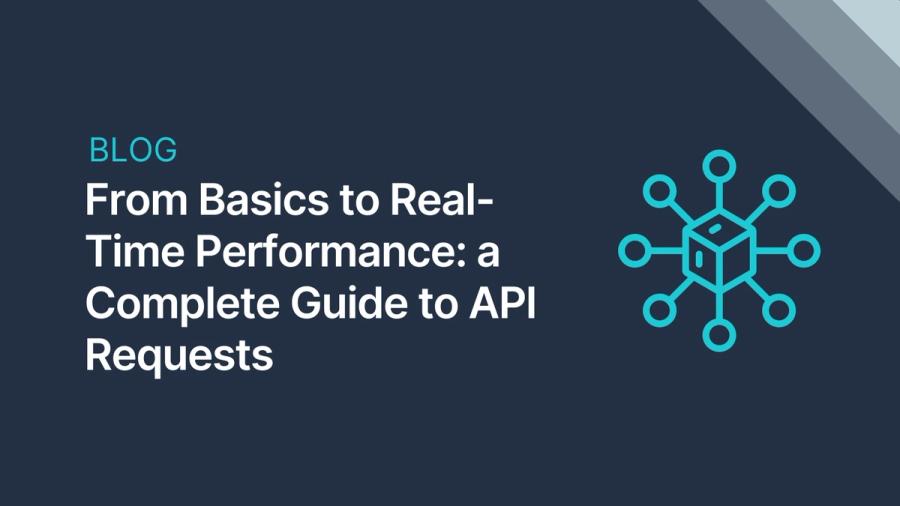
API Development
Much like the rainbow road level in the popular Mario Kart games, the API development world is getting more and more complex. How do you power up your dev team to complete each level faster and better? Let’s get into the top five “cheat codes” that will put your dev team in the winner’s circle.
From design through testing, this blog will share how to give developers ultimate control over the development process, pursue spec-first development, and remove infrastructure obstacles from impeding the advancement of your API strategy.
If you’re more of a listener than a reader, you can watch my 2024 API world talk on the same topic below.
November 26, 2024 | 19 min read

Kubernetes API Gateway
What is gRPC?
gRPC is an RPC protocol built on HTTP/2 (gRPC Remote Procedure Calls) and is an open-source, high-performance framework developed by Google that allows communication between applications or services. It's particularly popular for microservices and distributed systems because of its efficiency, scalability, and support for multiple languages. We’re seeing more and more companies move their APIs from HTTP/JSON to gRPC. gRPC offers several benefits over HTTP/JSON:
Performance. gRPC uses HTTP/2, with support for streaming, multiplexing, and more (see the difference in action). In addition, gRPC has native support for protobuf, which is much faster at serialization/deserialization than JSON.
November 25, 2024 | 4 min read

Telepresence
With more and more people using web and mobile applications for everyday activities such as shopping, listening to music, and watching movies, applications nowadays must handle a tremendous workload. To ensure that your application can handle an expected user load, load testing must be executed before releasing the application.
However, implementing and debugging your load tests can be tricky. With many simulated requests, it could be daunting to find the root cause of your performance issues by scrolling into pages of the log files. Well, executing the load testing for your application does not need to be like that. This article will teach you how to implement and debug a load test for a Go application running inside a Kubernetes cluster using k6 and Telepresence.
Prerequisites
November 22, 2024 | 21 min read

Telepresence
Adopting a microservice architecture is a great way to improve scalability and resilience in software systems, but it introduces new challenges, one of which is managing technical debt.
When we talk about tech debt, we’re referring to the imperfections and shortcuts developers use in their code base, which becomes bad code over time. When these imperfections are left unaddressed, they can lead to longer development cycles, increased maintenance costs, bugs, etc.
Technical debt has plagued the software industry since the early days and continues to do so today. This article explains technical debt, how it occurs, and how to manage tech debt in a microservice architecture.
November 20, 2024 | 8 min read

Telepresence
Providing developers with a container orchestration platform that allows them to scale applications easily and deploy them in a simple way has made Kubernetes the holy grail of container orchestration and microservices.
Kubernetes is popular because it improves the DevOps workflow impressively by automating deployments and managing containerized applications. Adopting Kubernetes is surely better than not using it, but getting the best out of it requires more skill and time even though the rewards are great as you will be able to reduce cluster costs efficiently.
Implementing Kubernetes security and managing the health of your Kubernetes cluster is vital for your company’s prosperity — and that’s why factors such as cost monitoring, resource management, and security should be taken into consideration when using Kubernetes.
November 20, 2024 | 10 min read

API Development
Every software developer is aware of how ineffective or poorly understood API requests can create significant bottlenecks, leading to performance issues, security vulnerabilities, and frustrated users. What’s more, without a solid grasp of API interactions, developers risk building systems that are slow, fragile, or hard to scale.
Whether you're sending data, retrieving information, or integrating with third-party services, understanding API requests is crucial for building resilient and performant applications. So, what seems to be the obstacle?
That’s precisely what this guide aims to accomplish—providing a detailed look at API requests, from their core concepts to advanced techniques, ensuring your implementations are as efficient and robust as possible. Let's dive deep into the nuances of API requests and their role in modern software systems.
November 19, 2024 | 13 min read










